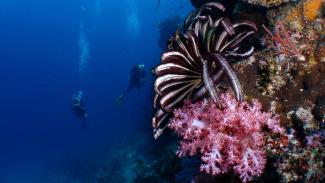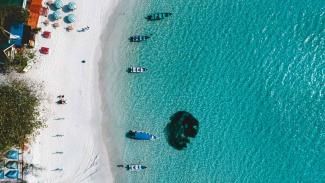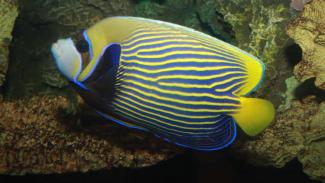With spectacular markings, iridescent colours and incredible patterns, Angelfish are some of the most beautiful fish found on coral reefs. The larger species are especially majestic, with rich colours and an air of elegance.
They have a rounded and flattened body similar to their close relatives the Butterflyfish (Pomacentridae), but can usually be easily distinguished from their cousins by their larger size.
Juveniles can be completely different from the adults and often have even more irredescent patterns, but are very shy & tricky to spot.

Family variety
Behaviour
With competitor species, Angelfish are territorial and will defend their homes aggressively if threatened. Juveniles are particularly secretive, rarely venturing far from the safety of a crevice or hole.
Reproduction
Diet
Defences
FACTFILE
SPECIES: 87
SIZE RANGE: 10-35 cm
DISTRIBUTION:
Global. The Indo-Pacific region has the largest variety of species.
HABITAT:
Most species on heavy coral growth, among boulders or caves. Some outer-reefs.
THREATS:
Highly prized for aquarium trade.
Identification tips
-
All members of the Angelfish family can be easily identified by the spine on bottom of their cheeks.
-
Small mouths with protruding lips are perfect for feeding on algae, soft invertebrates and sponges.
-
Markings often striking, incorporating bright blues, yellows and oranges.
-
Many species have a streamer like extension to the dorsal fin.
-
Like butterflyfish some species feature false eyes to confuse predators.
-
Bodies are disk shaped from the side giving a perfect view of their incredible colouration.
Popular species
These colourful fish are a popular spot on any scuba dive. Keep a look out for these popular species.
Emperor Angelfish
(Pomacanthus imperator)
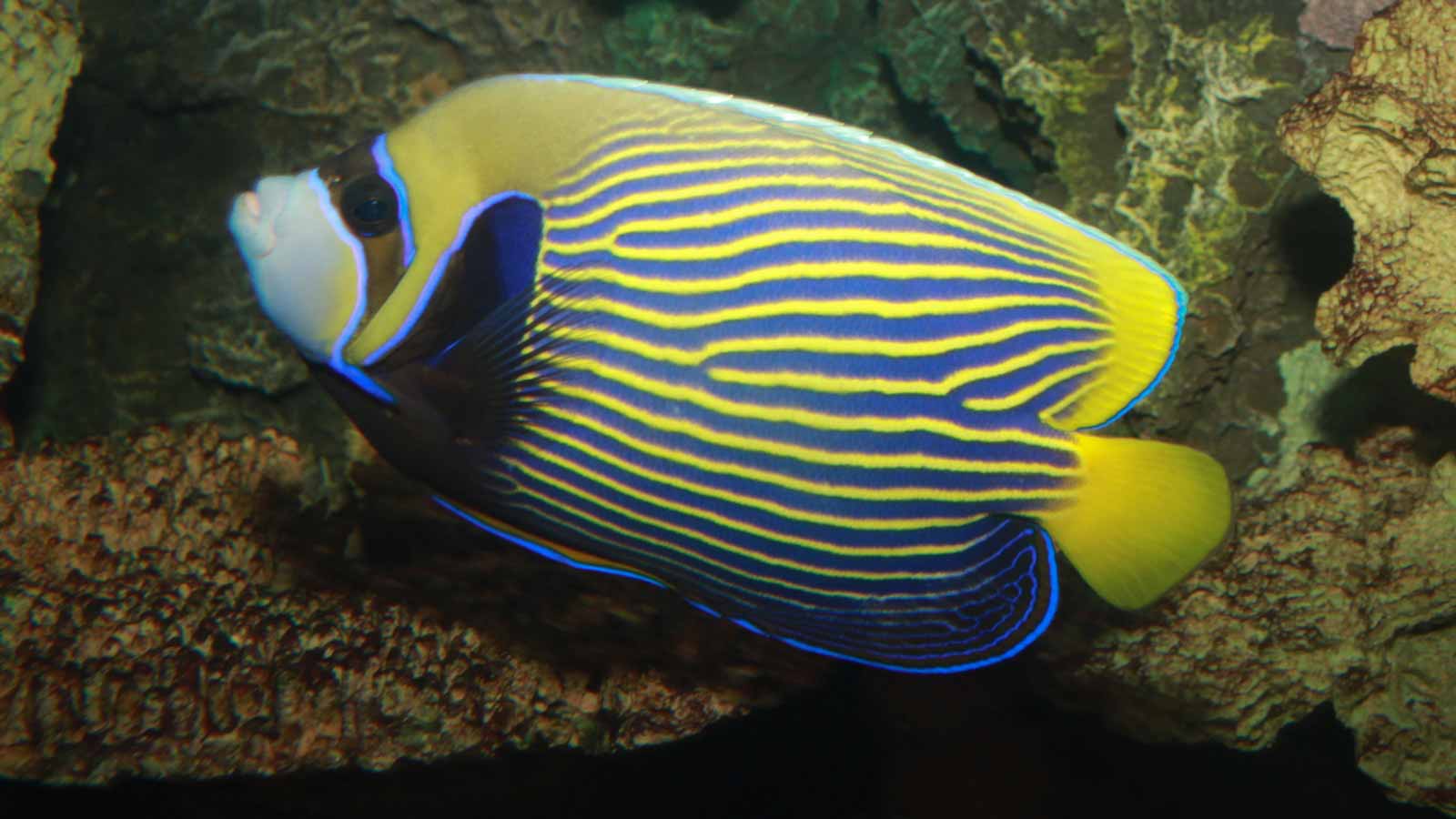
One of the larger species, getting up to 40cm long. Easily recognised by its spectacular and distinct pattern. Juveniles of this species also have dazzling and unique markings.
Blue-ringed Angelfish
(Pomacanhtus annularis)
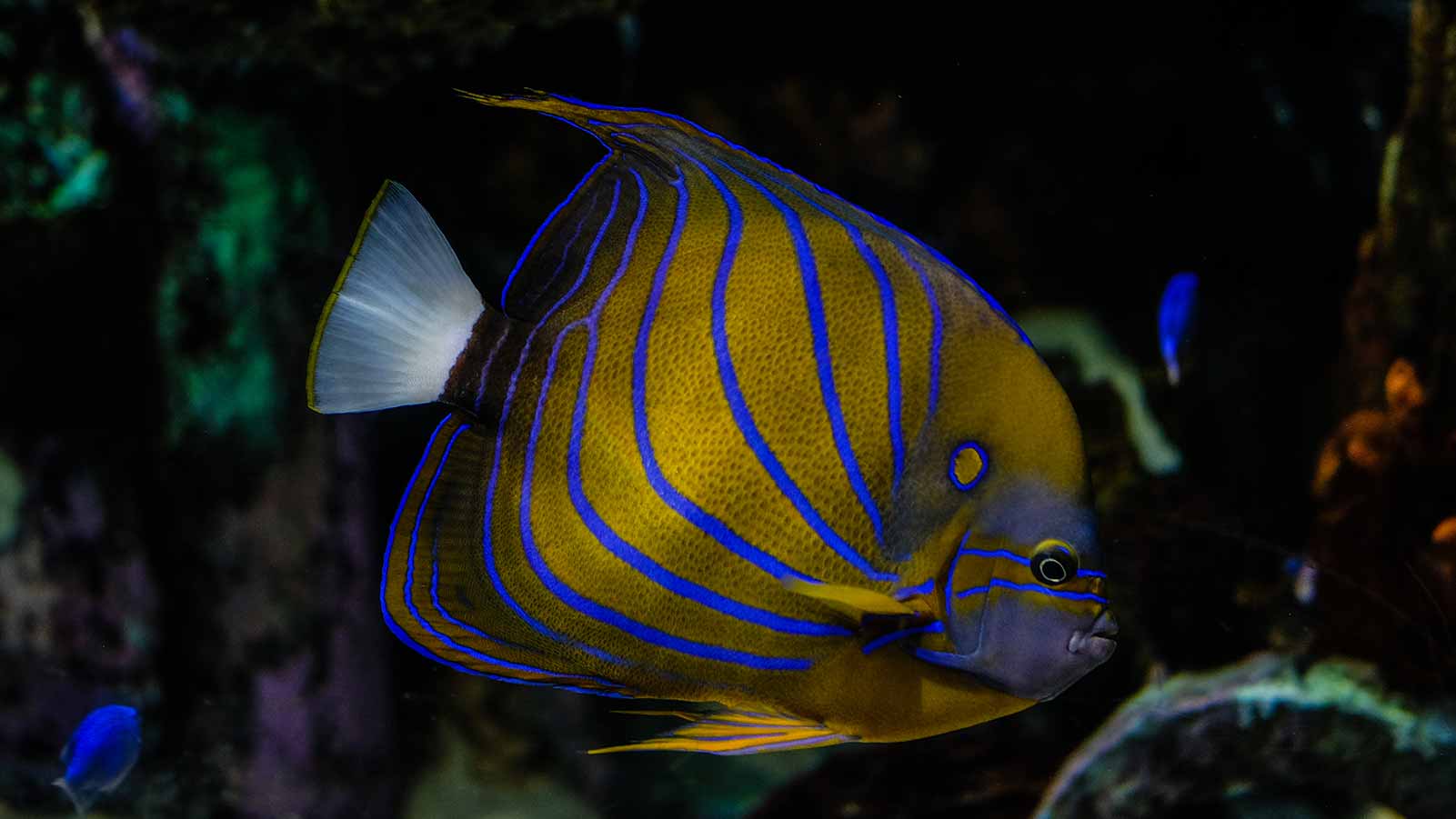
Another of the larger spices, the blue markings on this stunning fish are iridescent and can reflect sunlight. Juveniles take their adult form at a smaller size than Emperor Angelfish and are very shy, making it unusual to encounter one on a dive.
Blue-faced Angelfish
(Pomacanthus xanthometopon)
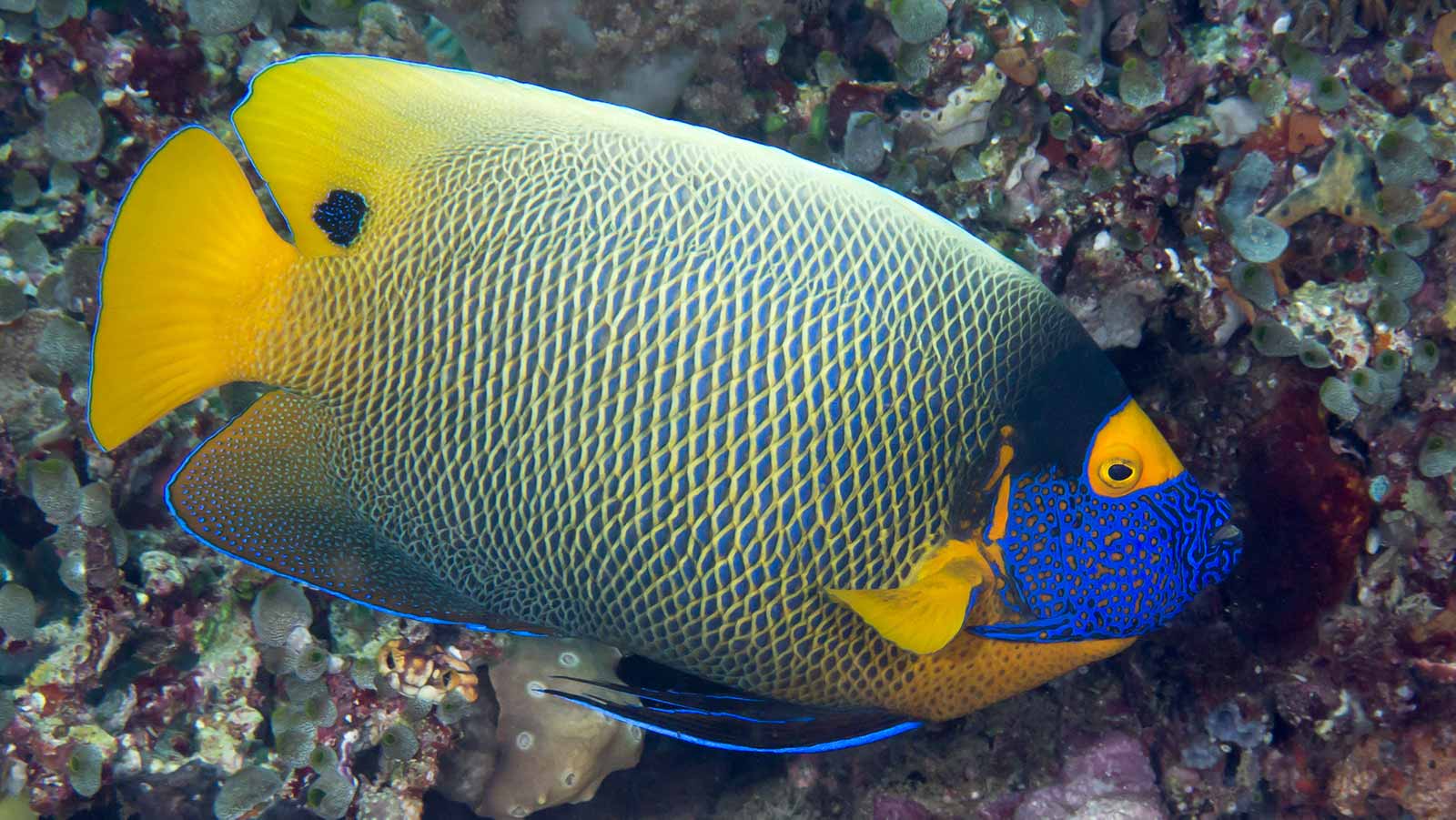
Beautiful and easily recognised by distinctive yellow eye mask and blue face. Usually solitary and feeds on sponges, selecting coral rich areas to live and feed.



